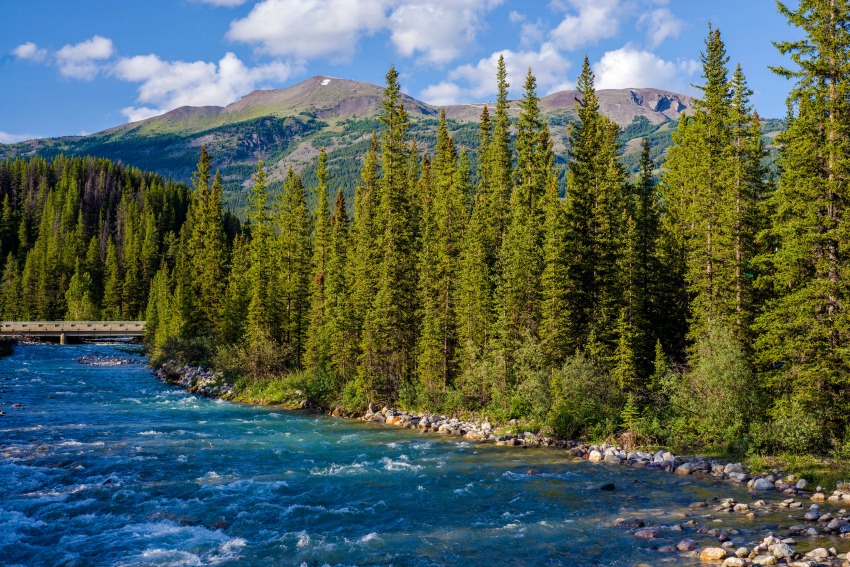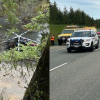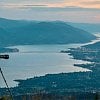A new report calls out Canada for falling behind most other countries in the world in protecting its land and fresh water.
The Canadian Parks and Wilderness Society (CPAWS) released its annual report on Sunday, looking to see if Canadian governments were on track to meet their commitment to protect at least 17 per cent of the nation’s land and fresh water by 2020. Their conclusion, however, was that the country still has a long way to go and is behind the global average.

“Based on our assessment of progress since Canada endorsed the UN Convention on Biological Diversity 10-year plan in 2010, it would take us 50 years from today, not five, to meet our commitment to protect at least 17% of our land and fresh water,” said Alison Woodley, nation director of CPAWS’ parks program. “And 17% is only the next step we need to take towards protecting at least half to ensure Canada continues to have healthy, functioning ecosystems.”
The report calls the pace of progress “dismal” with no nationwide action plan to reach the targets. “We have one of the best opportunities left in the world to protect large natural areas, because Canada has 20% of Earth’s wild forests and 24% of its wetlands,” said Woodley. “While overall the world is on track to get to 17% by 2020 with over 15% now protected globally, Canada is way behind many other countries, with just over 10% of our land and fresh water protected.”
CPAWS says that half of the world’s countries have already protected more than 17 per cent of their land, including countries like Bolivia, the Republic of Congo, and Costa Rica that are much poorer and more crowded than Canada.

The percentage of lands and inland waters protected varies wildly in Canada, with B.C. at the top with 15 per cent and Prince Edward Island at the bottom at just under three per cent. CPAWS says that protected areas in Alberta, Newfoundland and Labrador, and the Yukon haven’t grown at all since 2011, while all other provinces increased protection by less than two per cent.
While B.C. sounds like it’s doing well, CPAWS says that the province’s progress “is undermined by its 2014 Parks Act amendments that allow industrial research in parks and boundary changes to accommodate pipelines and logging.”

Though the situation seems dismal, the organization says getting to at least 17 per cent protection by 2020 is achievable. Large parks are in progress, and local Indigenous communities are taking up a significant leadership role.
CPAWS says that Canada could meet its obligation if existing plans for creating new protected areas were implemented along with other commitments that don’t have specific sites confirmed yet.
















